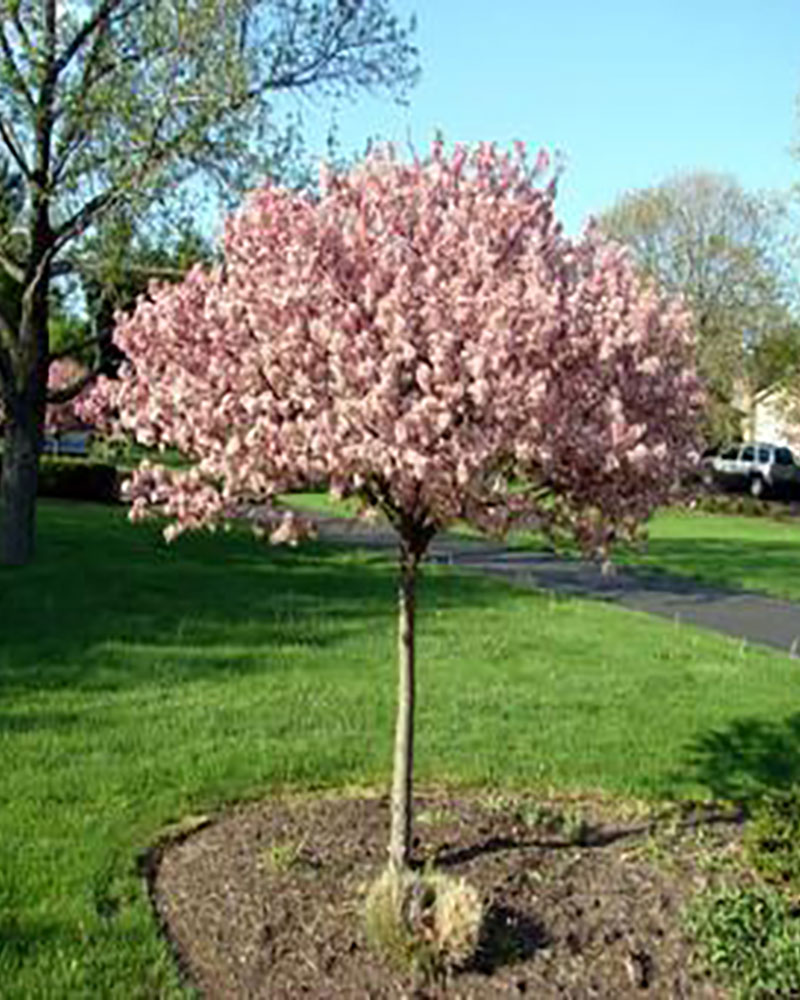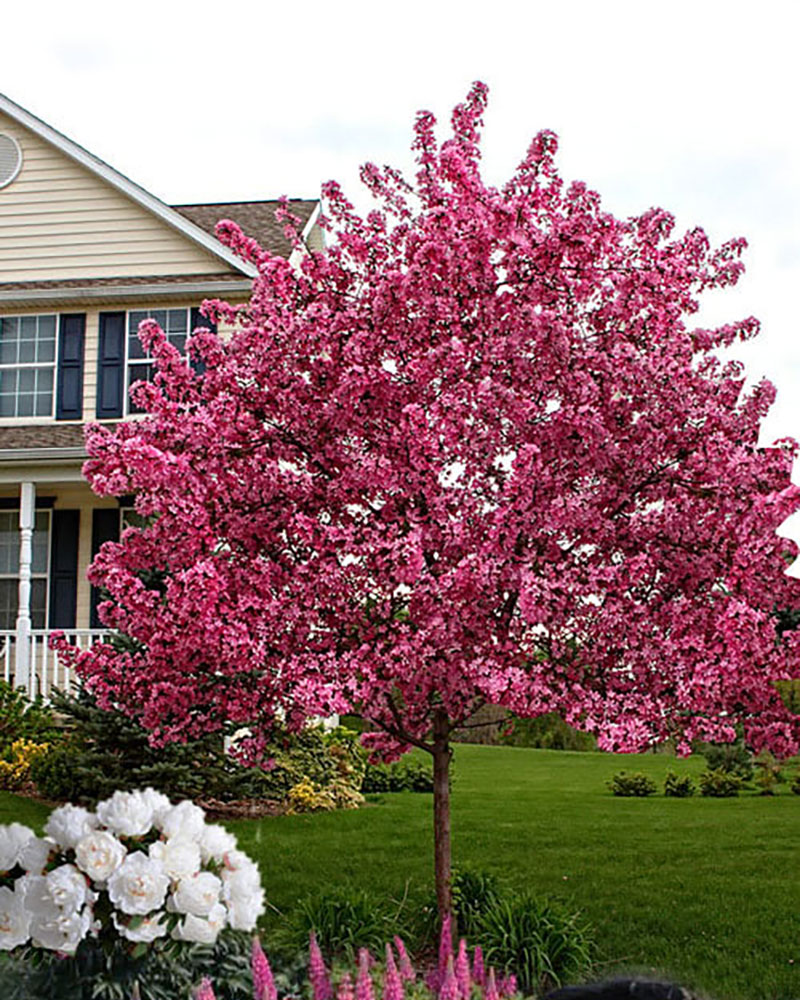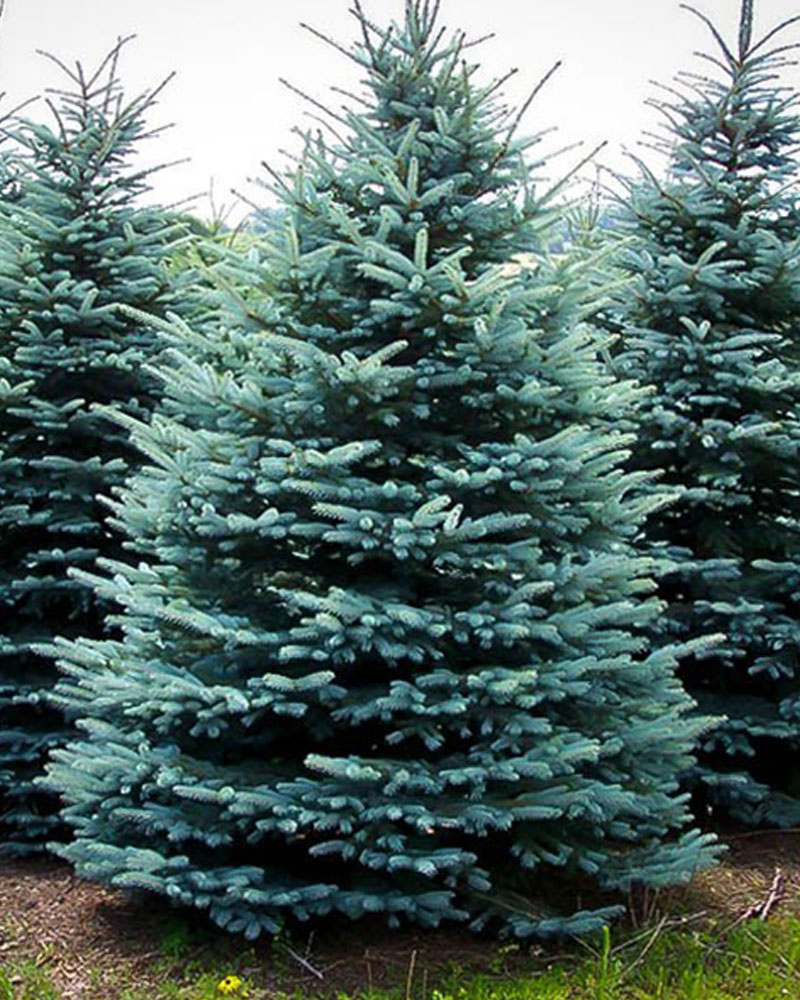As the snow melts away and the air begins to warm, there’s a renewed sense of excitement in the landscape world. Spring is not only a time of growth—it’s a time of transformation. And few transformations are as magical as the sudden bloom of flowering trees.
At BCB Trees & Landscaping, we know firsthand how a well-chosen ornamental tree can elevate a landscape—adding structure, color, and character. Whether you’re looking to create a show-stopping focal point or a soft floral border, flowering trees provide the perfect blend of elegance and seasonal charm. Let’s explore some of our top picks that bloom with beauty and thrive in Midwest landscapes—plus, a standout evergreen that complements them beautifully.
Why Choose Flowering Trees?
Flowering trees offer more than just seasonal appeal. Here’s why homeowners and landscape designers alike are drawn to these natural beauties:
- Early-season color: Flowering trees bloom at a time when most other plants are just waking up.
- Pollinator attraction: Bees, butterflies, and hummingbirds are drawn to their blossoms, supporting local ecosystems.
- Compact sizes for residential lots: Many ornamental flowering trees stay small and manageable.
- Four-season interest: Many flowering trees also offer vibrant fall color, interesting bark, or even fruit through winter.
When chosen wisely, these trees don’t just bloom—they bring life, movement, and color to your landscape for years to come.
Featured Flowering Trees at BCB Trees & Landscaping
BCB Trees & Landscaping offers a carefully curated selection of ornamental trees, hand-picked for their performance, beauty, and adaptability in Midwest climates. Here are some of the most beloved flowering trees in our lineup:
1. Cleveland Select Pear
(Pyrus calleryana ‘Cleveland Select’)
Seasonal Showstopper: Early Spring
Flower Color: White
Mature Size: 30–40 ft tall, 15–20 ft wide
Shape: Upright, pyramid-shaped canopy
The Cleveland Select Pear tree is a classic for a reason. When spring rolls in, its branches burst into clouds of crisp white flowers that seem to glow in the morning light. It’s among the earliest bloomers, making it one of the first signs of spring’s arrival.
With its upright growth habit, it’s perfect for narrow spaces, lining driveways, or creating a formal avenue. Its leaves remain glossy and dark green throughout summer before transforming into a brilliant reddish-purple in fall.
Why we love it:
- Strong, symmetrical shape
- Beautiful seasonal transitions
- Low maintenance and highly tolerant of urban conditions
Design Tip: Plant in a row along the street or sidewalk for a classic allée effect. It’s a popular choice for developers looking to add curb appeal.

2. Coralburst Crabapple
(Malus ‘Coralburst’)
Seasonal Showstopper: Mid to late Spring
Flower Color: Coral pink
Mature Size: 8–12 ft tall, 8–12 ft wide
Shape: Dense, rounded form
If you’re looking for big personality in a compact package, the Coralburst Crabapple delivers. This charming tree bursts forth in spring with tight coral-pink buds that open into fragrant rose-colored blooms. Its small size makes it a smart choice for patios, courtyards, or even containers in larger landscapes.
Come fall, tiny golden-orange crabapples provide food for birds and wildlife while adding pops of color to your garden. The Coralburst is a standout for small spaces that crave seasonal drama.
Why we love it:
- Perfect for small yards or tight landscape beds
- Gorgeous pink blossoms and persistent fruit
- Dense form provides year-round structure
Design Tip: Use as a standalone specimen in front of a window or near an entryway where it can be fully appreciated up close.

3. Raindrop Crabapple
(Malus ‘Raindrop’)
Seasonal Showstopper: Spring
Flower Color: Bright pink to rose
Mature Size: 15–20 ft tall, 12–15 ft wide
Shape: Graceful, weeping canopy
The Raindrop Crabapple is a graceful ornamental tree with a weeping, fountain-like habit and exceptional floral display. Its rose-pink blooms arrive in abundance, followed by shiny, small red fruits that hang on well into winter.
Its elegant form makes it a standout even when not in bloom, offering interest in every season. The Raindrop Crab’s weeping limbs sway gently in the breeze, creating a sense of movement and softness.
Why we love it:
- Elegant, weeping form
- Spectacular floral and fruit display
- Attracts birds and pollinators
Design Tip: Plant near water features, garden paths, or patios where the weeping form can complement and soften the surrounding space.

Bonus Beauty: The Baby Blue Spruce
While not a flowering tree, we couldn’t resist highlighting the Baby Blue Spruce—a small conifer that offers year-round color and texture, and pairs beautifully with flowering trees.
Foliage Color: Powdery blue
Mature Size: 10–15 ft tall, 6–10 ft wide
Shape: Pyramidal, dense
With its eye-catching silvery-blue needles, the Baby Blue Spruce adds contrast and cool tone to gardens dominated by greens, whites, and pinks. Its symmetrical shape makes it ideal for formal gardens, foundation plantings, or serving as an evergreen backdrop to spring-blooming trees.
Why we love it:
- Provides winter interest
- Compact and dense—great for privacy
- Excellent accent tree for mixed planting beds
Design Tip: Pair with Coralburst or Raindrop Crabapples for a striking color contrast—cool blue against warm pink blooms is always a winning combo.

How to Choose the Right Flowering Tree for Your Landscape
When picking a flowering tree, consider the following:
1. Sunlight
Most flowering trees require full sun (6+ hours a day) to bloom their best. Make sure your planting site meets this need.
2. Size & Shape
Think long-term. A tree that looks small in a nursery can grow to overshadow walkways or windows. Choose a size and shape that fits your space—not just today but 10 years from now.
3. Seasonal Timing
Layer your landscape with multiple flowering trees that bloom at different times. A Cleveland Select Pear kicks off the show early, while Coralburst and Raindrop Crabapples extend the season.
4. Maintenance
Some flowering trees drop fruit or require pruning for shape. BCB Trees & Landscaping can help you choose varieties with minimal mess or maintenance based on your preferences.
Planting and Care Tips
To get the most from your flowering trees, keep these care tips in mind:
- Water regularly during the first year to establish strong roots.
- Mulch around the base to retain moisture and suppress weeds.
- Prune selectively after flowering to maintain shape and remove deadwood.
- Fertilize in early spring to encourage healthy growth and blooms.
At BCB Trees & Landscaping, we also offer planting and maintenance services, so you can enjoy your flowering tree without the guesswork.
Creating a Cohesive Landscape
One of the best ways to use flowering trees is as anchors in your landscape design. Here’s how to make them shine:
- Focal Points: A single Raindrop Crabapple or Cleveland Select Pear can act as a stunning centerpiece.
- Mixed Borders: Combine Coralburst Crabapples with perennials, grasses, and Baby Blue Spruce for contrast and texture.
- Repetition for Rhythm: Use multiples of the same tree, like a row of Pears or a trio of Crabapples, to create flow and symmetry.
Pair flowering trees with evergreen accents, flowering shrubs, and low groundcovers for a lush, layered look.
Ready to Plant?
There’s no better time to prepare for a landscape full of spring magic—our new shipments of trees are arriving now! Whether you’re reimagining your front yard or simply looking to add a single show-stopping tree, now is the time to call or place your order.
Visit our Ornamental Trees page to explore our full selection. Or, stop by and let us help you pick the perfect flowering tree for your space.

With 23 years of experience rooted in the values and lessons from our Family Farm in Butler County, NE, BCB Trees and Landscaping has grown from a Walnut Plantation to a full-service landscaping company known for providing the best value, personal service, and quality design and installation in the Omaha metro area, including Gretna, Bennington, Elkhorn, La Vista, Millard, and Waterloo.



